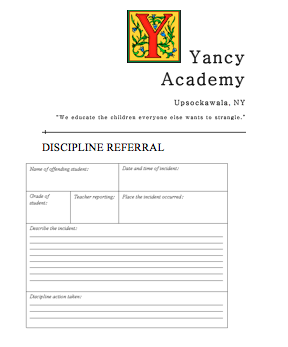When we began reading The Lightning Thief, we began utilizing literature circles. This was a great way to push the thinking of my students; they had grown accustomed to being able to spit out answers to simple comprehension questions. The four roles of the literature circles really pushes their thinking and makes them dive into the literature each day with a new drive. It also majorly increased the quality of conversations they are having.
This is what the desks look like for this unit (at the end of each day, everything is a little less tidy as you can see). I have them placed in groups of four to make each of the roles clear. The students have taken on the responsibility of changing the places of the cards each day, and keeping their books and response folders organized.














